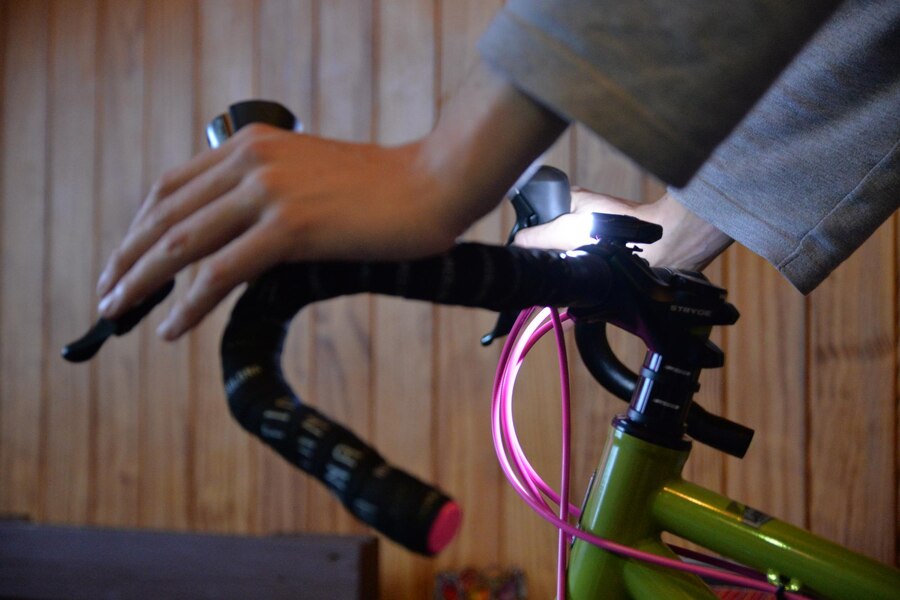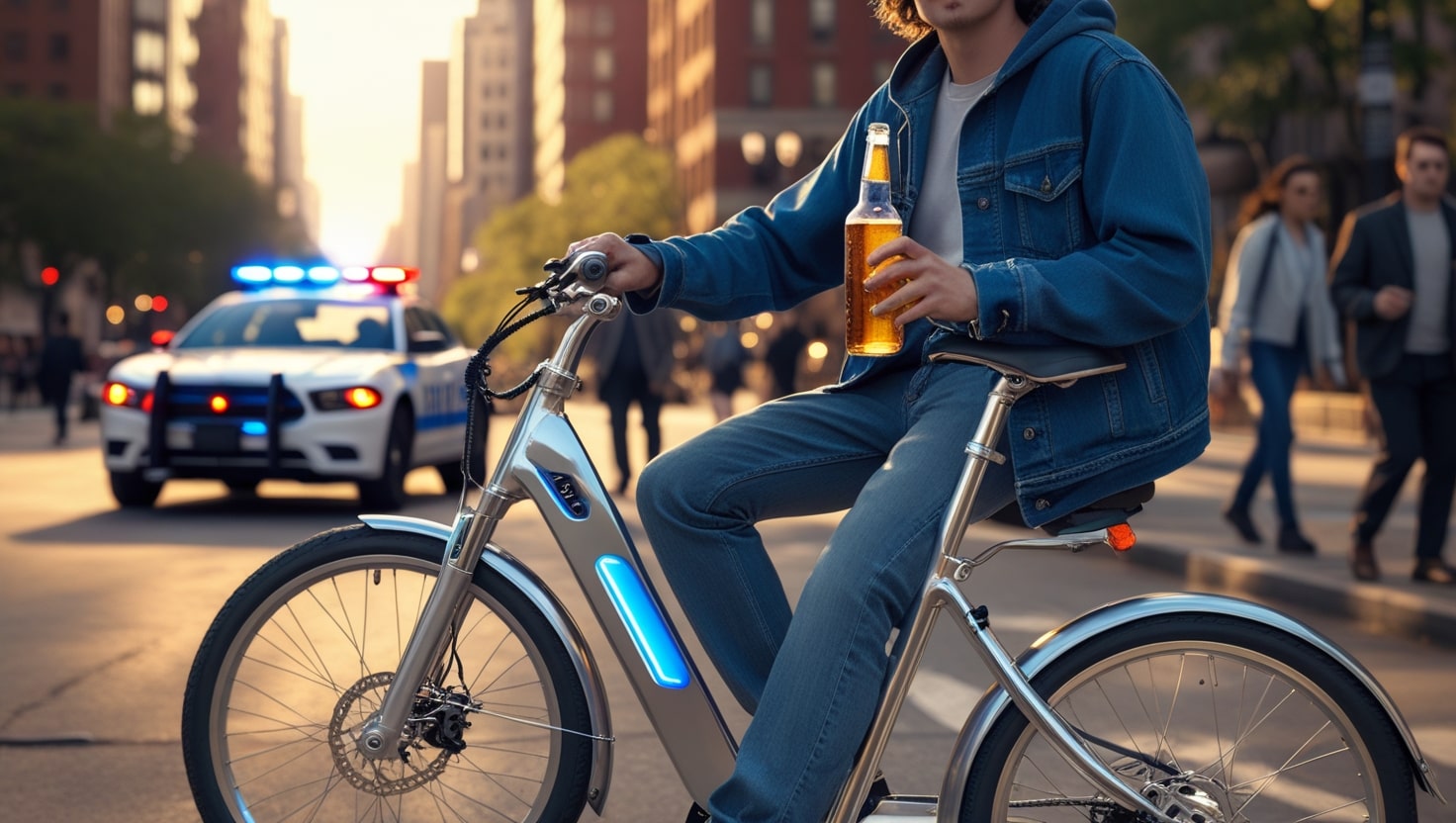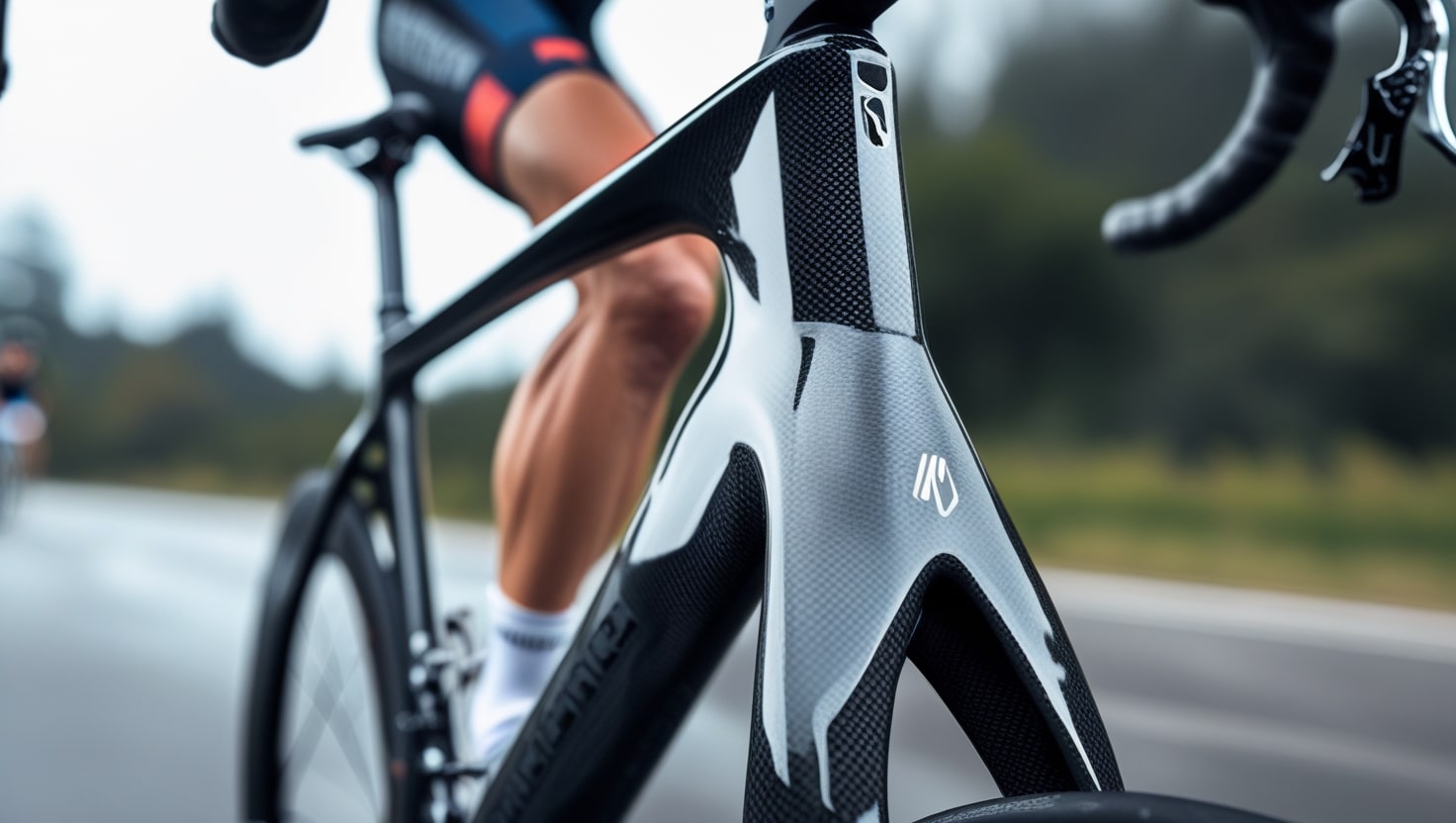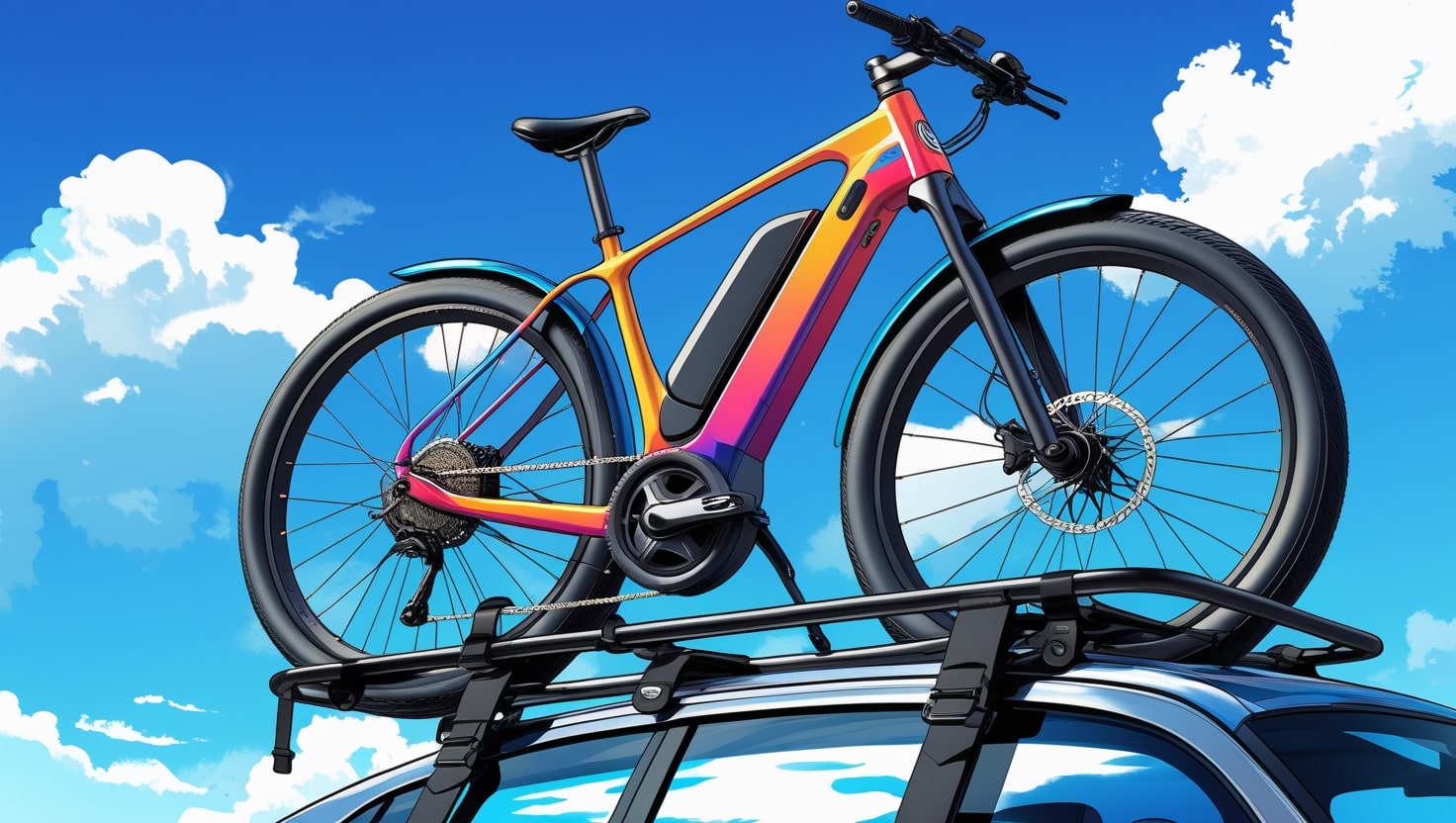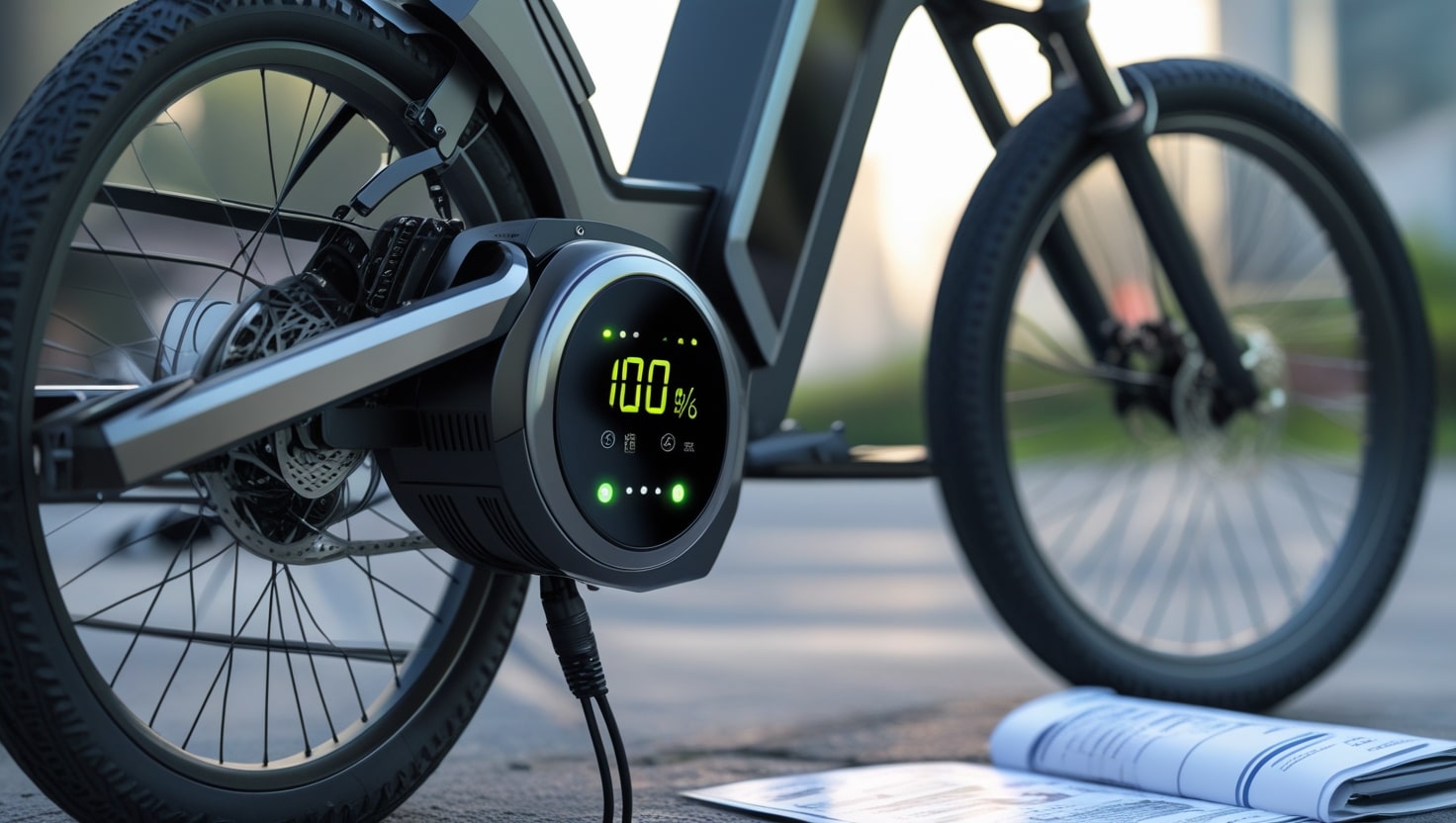Every cyclist values safety, and one of the most important parts of a bicycle is its brakes. Different types of bike brakes exist, each with unique benefits. It’s essential to know which one suits your riding style. Whether you prefer rim, disc, hydraulic, caliper, or mechanical brakes, each type plays a crucial role.
Let me explain—when I started cycling, I had many questions about braking systems. Through experience, I found the advantages of each type, and now I can confidently answer which is the best fit for different riding conditions. If you’re choosing the right option, consider expert advice and follow practical tips to make an informed decision. I’ve gone through the trial and error phase, so let me be your master of this class in braking knowledge!
Related: Connecticut ebike Laws
How Do Bicycle Brakes Work?
A cycle’s brake system is designed to create friction that helps control speed. At the core of braking, a pad is pushed against a surface on the wheel, slowing its motion. When you squeeze the lever, pressure is applied, increasing the force that stops the bike. Other factors, like the tire’s grip, also play a role in how effectively the bike slows down. This balance of mechanics keeps riders safe on the road.
The two main types of bike brakes: disc and rim brakes
In cycling, the two main types of bike brakes are disc and rim brakes. Traditional shoe brakes act on the rim to slow the bike, while newer disc brakes have gained popularity for their power and better performance in tough conditions. Choosing between them depends on your style, the terrain you ride, and your budget. For the best control, picking the right braker makes all the difference.
Disc brakes
When it comes to bike safety and control, disc brakes are considered the best type of brake due to their superior performance, power, and reliability. Unlike rim brakes, which press directly against the wheel, disc brakes work by generating friction when the brake pads are squeezed against a mounted disc at the center of the wheel. This system provides more consistent stopping power in all weather conditions, making them the ideal choice for riders who need maximum braking efficiency. Since they do not rely on the rim, they ensure less wear and tear on the wheel itself.
There are two main types of disc brakes: mechanical and hydraulic. The difference between them lies in how they apply force. Mechanical disc brakes use a cable to pull the brake, while hydraulic disc brakes use fluid pressure, making them smoother and more powerful.
Related: Washington DC electric bike Laws
Hydraulic disc brakes
Hydraulic disc brakes are the best type of bicycle brake for riders who need superior braking power, control, and precision. These powerful brakes use fluid to actuate the brake pads, ensuring maximum performance with a smooth and responsive feel. While they come at a higher price, they significantly improve braking efficiency and reduce pad wear and maintenance. Riders on MTB and road bikes can even enhance their setup with a booster like the OutBraker, further refining braking quality.
ADVANTATGES
- Power & Precision: These brakes offer maximum braking efficiency, ensuring a strong and quick stop.
- Reliable & Safer: Works well in all weather conditions, making it ideal for different terrains.
- Modulation & Control: Allows smooth control over the braking force, preventing sudden stops.
- Less Maintenance: This Requires minimal wear and tear, reducing long-term maintenance costs.
DISADVANTATGES:
- Higher Price & Maintenance Costs: These brakes are more expensive and require additional upkeep.
- Complicated Maintenance: Though less frequent, the process is complex compared to mechanical discs.
- Requires Specialized Technicians: Repairs often need experts trained in hydraulic systems.
- Weight Factor – A heavier option due to the advanced braking mechanism.
Related: Mississippi Electric Bike Laws
RECOMMENDATION:
- Great Descents & Long Braking: Perfect for road and mountain rides with prolonged braking.
- MTB & Enduro Riders: Ideal for downhill, Cross Country (XC), and other modalities needing control and safety.
- Gravel & Cyclocross Racing: Works well for disciplines with changes in pace over uneven and demanding terrain.
- High-Speed & Aggressive Styles: Designed for riders requiring constant braking on technical tracks.
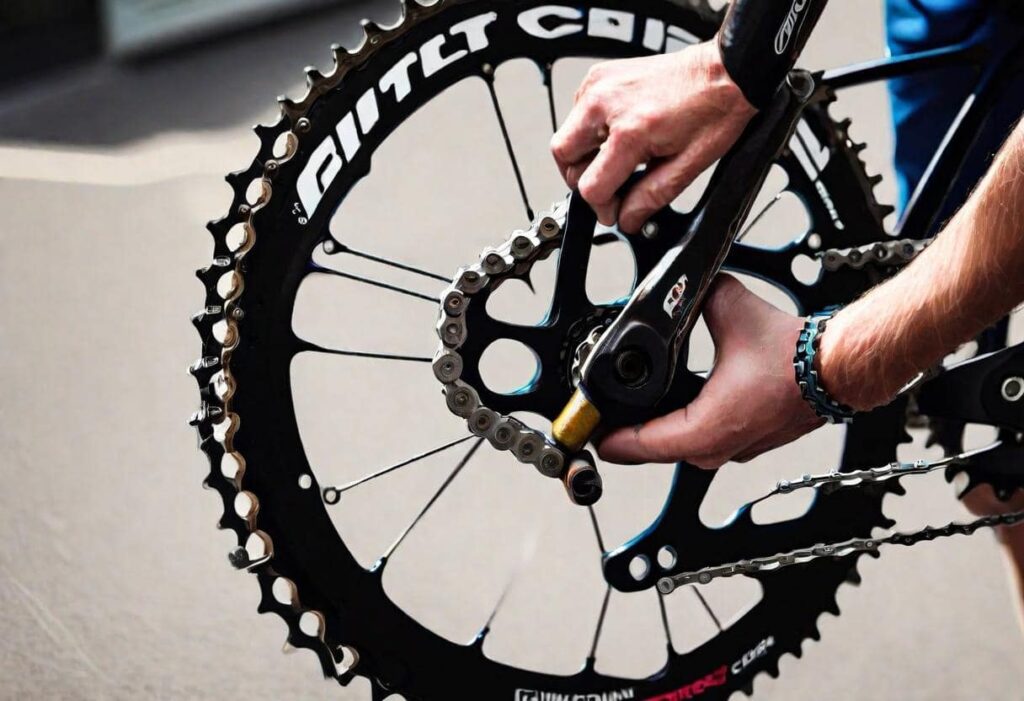
Mechanical disc brakes
Mechanical disc brakes are a less powerful alternative to hydraulics, as they use a cable instead of hydraulic fluid to actuate the brake pads. While they offer greater precision and better performance than rim brakes, they are also more affordable. However, this comes at a cost, as they sacrifice braking quality and require more maintenance attention. The good news is that these tasks are simpler and cheaper, making them easier to manage for everyday riders.
Key Benefits of Mechanical Disc Brakes
- Economical Choice: Lower initial cost and cheaper repairs compared to hydraulic brakes.
- Easier Maintenance: Requires more frequent upkeep, but the tasks are simpler and manageable.
- No Need for Specialist Mechanics: Riders can perform basic maintenance without expert help.
- Lightweight Design: Lighter than hydraulic options, making bikes easier to handle.
Disadvantages of Mechanical Disc Brakes
- Less Power & Precision: Struggles in demanding terrain and tough conditions like gravel, wet, or mud surfaces.
- Safety Concerns: Increased mechanical complexity with exposed components, leading to more failure points.
- Wear & Tear issues: the visible system is vulnerable to dust, dirt, and corrosion, causing deterioration over time.
- More Maintenance Needed: Leads to easier but frequent maintenance tasks to keep performance consistent.
Recommendations:
- Perfect for Casual Use: Best for riders on undemanding terrain who want an easy and reliable brake type.
- Ideal for MTB & Gravel Beginners: A great choice for beginners and recreational rides that don’t need maximum braking power.
- Great for Road Bikes: Helps lighten weight, making it ideal for road routes that don’t require constant braking.
Related: Ohio Ebike Laws
Rim brakes
Rim brakes are a lighter, cheaper, and widely used type of brake, though they are less powerful than disc brakes. They generate direct friction by pressing brake pads against the sides of the rim, making them a practical option for casual use on flat terrain. While they require maintenance-intensive care, their design remains sufficient for everyday riders. Caliper brakes are the most common version, found on many road bikes.
Advantages of Rim Brakes
- Lower Cost: Significantly cheaper than disc brakes, making them a budget-friendly option.
- Easier Maintenance: It requires simpler, low-cost tasks that are even possible to do at home.
- Lightweight Design: Reduces the overall weight of the bike, improving speed and handling.
- More Common & Compatible: Despite the rise of disc brakes, rim brakes remain common, making it easier to find compatible parts and components.
Disadvantages of Rim Brakes
- Less Power & Modulation: Provides lower-quality braking, making it less efficient in some situations.
- Tire Wear & Frequent Replacements: The direct friction on the braking surface requires more frequent tire replacements.
- Overheating Issues: Heat buildup during braking can reduce efficiency and increase risk on long or steep descents.
- Less Reliability in Adverse Weather: Not as effective in mud, snow, rain, humidity, or wet conditions.
Recommendations:
- Perfect for Daily Use & Urban Trips: Ideal for short trips in urban areas with gentle slopes.
- Great for Beginner Cyclists: Helps familiarize new riders with braking dynamics and bike handling.
- Best for Road Cycling on Flat Terrain: Suitable for long climbs and flat terrain without demanding braking.
- Not Ideal for Steep Descents: Works well for regular riding but lacks power for steep descents.
Caliper brakes
Caliper brakes are a great option for cyclists who need direct and precise braking without the complexity of disc brakes. Though less powerful, they are still powerful enough for most riders. These are the most common rim brake type, widely used on road bikes. The brake pads are mounted with an easy anchorage on the rim, frame, or fork, making them simple to repair and replace. The rubber pads tend to wear down, so checking them regularly is essential for safety.
Related: Arkansas Ebike Laws
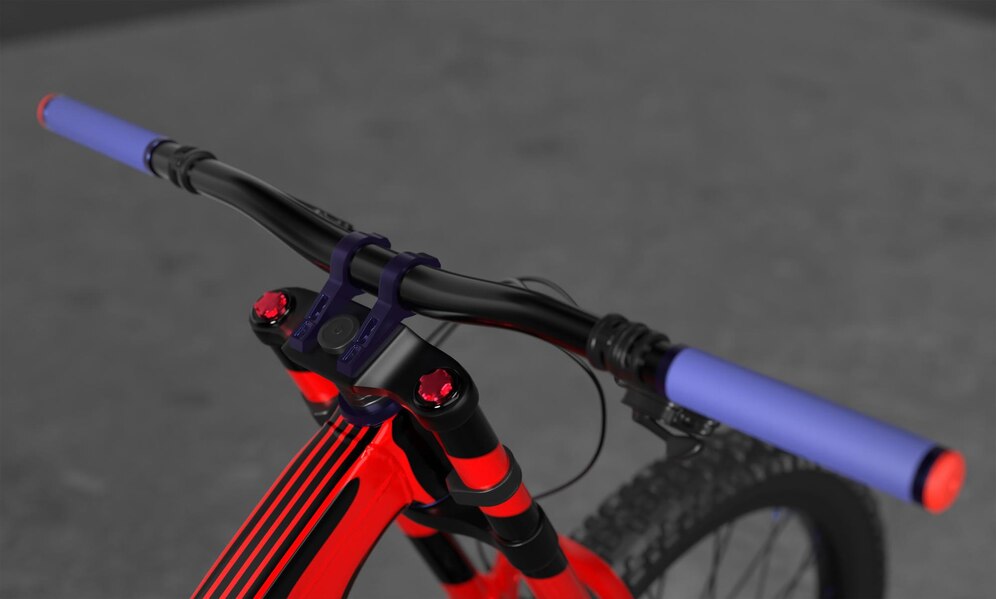
Cantilever Brakes
Cantilever brakes are a type of brake once popular on mountain bikes and cyclocross bikes due to their greater distance between the brake arms. This design makes it easier to pass mud and allows for wider tires and larger brakes to be mounted. While their use has plummeted with the rise of disc brakes, they are still seen on touring and cyclocross bikes because of their ease in draining wheels when they get dirty, making maintenance easier.
V-Brake bikes
V-brakes are a subcategory of cantilever brakes with long arms, making them a common type of bike brake. They are widely used on MTB bikes because they are easy to install, adjust, and economical. While not as strong as disc brakes, they provide good braking power and durability, making them a great choice for mountain bikers and the non-expert public. Their simple operation and affordable cost make them ideal for mid-low range bikes.

Other types of brake bikes
Although we have discussed the primary types of bike braking systems, you should be aware that there are other types of brakes.
Bicycle drum brakes
Drum brakes are a type of brake known for their great protection and durability. They were previously popular on city and cargo bikes due to their ability to stay well protected from external elements like dirt and moisture. Though once common, they are now less seen because their weight and complexity make them less efficient than modern options, leading to their near obsolete status.
Regenerative brakes for e-bikes
Regenerative brakes are a unique type of electric bike brake that harnesses kinetic energy during braking to recharge the battery. Instead of simply stopping the bike, the motor acts as a generator and converts the braking force into electricity for the battery. While this system does not fully stop the bike like traditional brakes, it is an interesting technology that helps extend the life of the battery and prolong the bike’s autonomy.
Related: California Ebike Laws
Coaster brakes or pedal brakes
Coaster brakes are a unique type of bicycle brake that is activated when the rider pedals backward. This fixed-pedal system is quite unusual, but it offers controlled and precise braking. It is the star brake for BMX bikes, as it has no cables or levers that limit turns and tricks. It is also commonly found on children’s bikes because it requires no maintenance, making it an easy and reliable option for young riders.
What type of bike brake should I choose?
- Brake Shoes or Rim Brakes on Caliper: A lightweight and economic choice for daily use on dry terrain. This type is ideal for road bikes, offering a simple and effective solution.
- Hydraulic Disc Brakes: Designed for higher performance, power, and control in all conditions and situations. Though more expensive, they are the most reliable and safe, making them perfect for demanding modes and maximum-performance riders.
- Mechanical Disc Brakes: A balanced and intermediate solution in terms of price, performance, and maintenance. These brakes are often sufficient for MTB and gravel riders at a recreational or user level.
- V-Brakes: A cheap, simple, and suitable alternative for mid-low-range mountain bikes. Ideal for riders without high-performance requirements, offering a functional and affordable braking system.
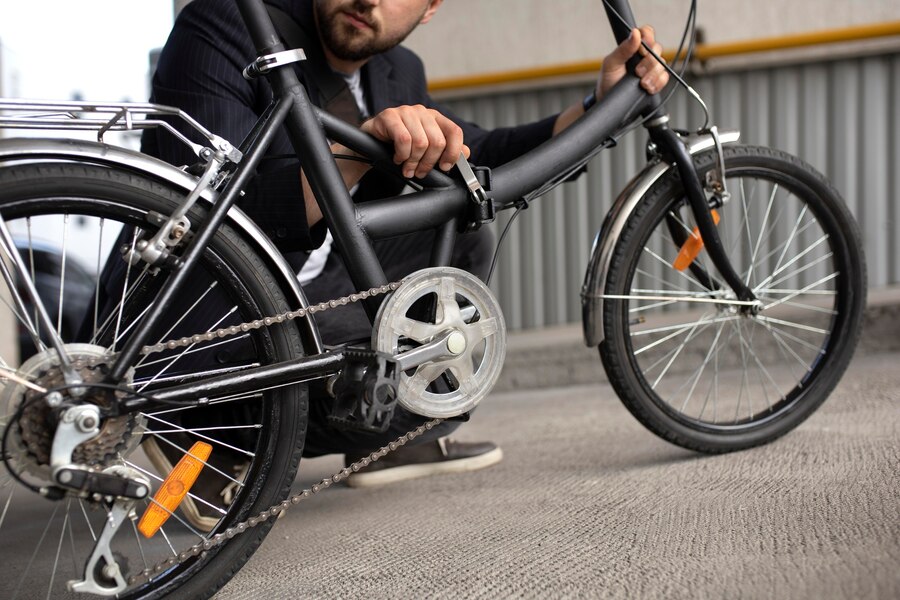
How to Choose the Right Brakes for Your Ride
All of your options now have corresponding parameters.
- Riding Style: Whether you’re a city commuter, a mountain trail enthusiast, or someone who loves speeding through the streets with the wind blowing, your brake choice should match your needs.
- Weather Conditions: If you ride daringly on rain-soaked roads or prefer waiting for sunny days for a comfortable ride, your brakes should handle different conditions effectively.
- Budget: High-quality brakes come with a pricey tag, but investing in fine technology ensures performance and reliability for the future.
- Bike Type: Your bike’s frame, wheel setup, and components used will limit your options, in determining which brake type fits best.
Caring for Your Brakes
Maintaining the best possible condition for your brakes requires a little TLC.
- Regular Inspections: Check for worn-out brake pads, loose cables, and leaks in hydraulic systems to ensure smooth performance.
- Clean Your Brakes: Dirt and grime can reduce braking efficiency, so make sure to wipe the rims or rotors regularly to maintain stopping power.
- Professional Tune-Ups: Visit a trusted cycle shop for periodic maintenance to keep your brakes working at their best.
Related: Maine Ebike Laws
How to Adjust Disc Brakes?
Adjusting a Mechanical Disc Brake: Start by loosening the small set screw on the caliper’s side using a screwdriver. Find the adjustment dial and twist it slightly until the caliper is centered above the rotor. Test if the brake is tightened by squeezing the lever. Once adjusted, securely fasten the bolts to keep everything in place.
Adjusting a Hydraulic Disc Brake: Locate the hex bolts on the caliper’s side and loosen them. Hold the brake lever and press it a couple of times to help the rotor align correctly. Once the wheel is properly adjusted, tighten the bolts and release the lever to complete the process.
Are Disc Brakes Better Than V-Brakes?
Disc brakes are the preferred option for mountain bikes because they score high in factors like easy installation and configuration. They can stand extreme weather conditions such as snow and rain, without damage to the tire rims. However, they are heavier than V-brakes, which can increase strain on the wheel spokes. Before the advent of disc brakes, V-brakes were the popular choice due to their budget-friendly nature and easy maintenance.
While V-brakes can be easily maintained and replaced, they put no pressure on the hubs and are a great option for those who don’t ride on muddy tracks. However, they tend to wear out the rims over time, and brake shoes need to be changed regularly. Both brake systems have their own advantages and disadvantages, so choosing the right one depends on your needs. Consider the terrain, weather conditions, and budget before you decide which brake system suits you best.
Wrapping It Up: Brakes Are Life!
Now that you know the types of brakes that exist, it’s important to consult a specialist if you ever need to change your bike brakes. The world of bike braking goes far beyond just stopping—it involves brake pads, shoes, levers, and other essential components. Understanding these details ensures you get the right braking system for your ride, keeping you safe and in control of any terrain.
Related: Massachusetts Electric Bike Laws
FAQs
What are the best brakes for a beginner cyclist?
Mechanical disc brakes and V-brakes are excellent options for beginners. They are reasonably easy to handle and have high stopping power.
How often should I check my bike brakes?
Checking your bike’s brakes before every ride is a smart idea. Make sure the wires are in excellent conditions, check for brake pad wear, and confirm that the braking action is effective and perfectly.
Are disc brakes better than rim brakes?
In general, disc brakes function better, particularly in muddy and rainy weather. They are less likely to erode the wheel rims and offer greater stopping force. They are more difficult to maintain and a little heavier.
Can I upgrade my bike from rim brakes to disc brakes?
Upgrading from rim brakes to disc brakes is possible, but it can be challenging depending on your bike frame and fork. If your bike is missing mounting points, the process requires more work, including changing wheels, adding brake mounts, and sometimes even replacing the frame or fork. To ensure a smooth transition, it’s best to consult a professional mechanic who can assess your bike and guide you through the upgrades.
What is the difference between hydraulic and mechanical disc brakes?
Hydraulic disc brakes use fluid to transfer force from the brake lever to the brake pads, allowing for smoother and more powerful braking. On the other hand, mechanical disc brakes rely on cables to move the braking force, making them simpler to maintain but not as strong or efficient as hydraulic systems.
How long do brake discs last?
The average disc will last at least 50,000 miles, according to professionals. However, as this is not a precise science, it might be shorter or longer in some situations.

